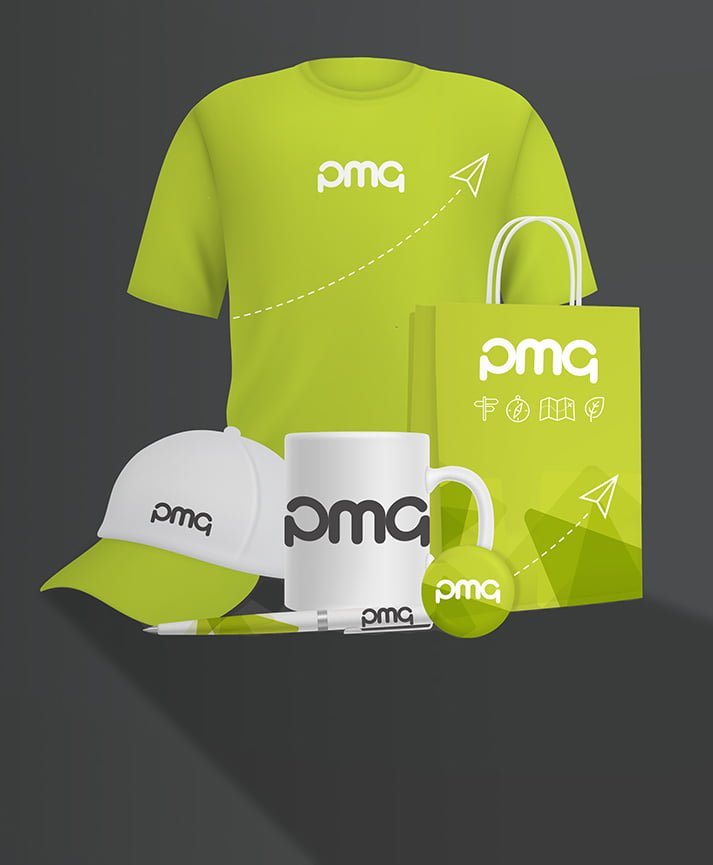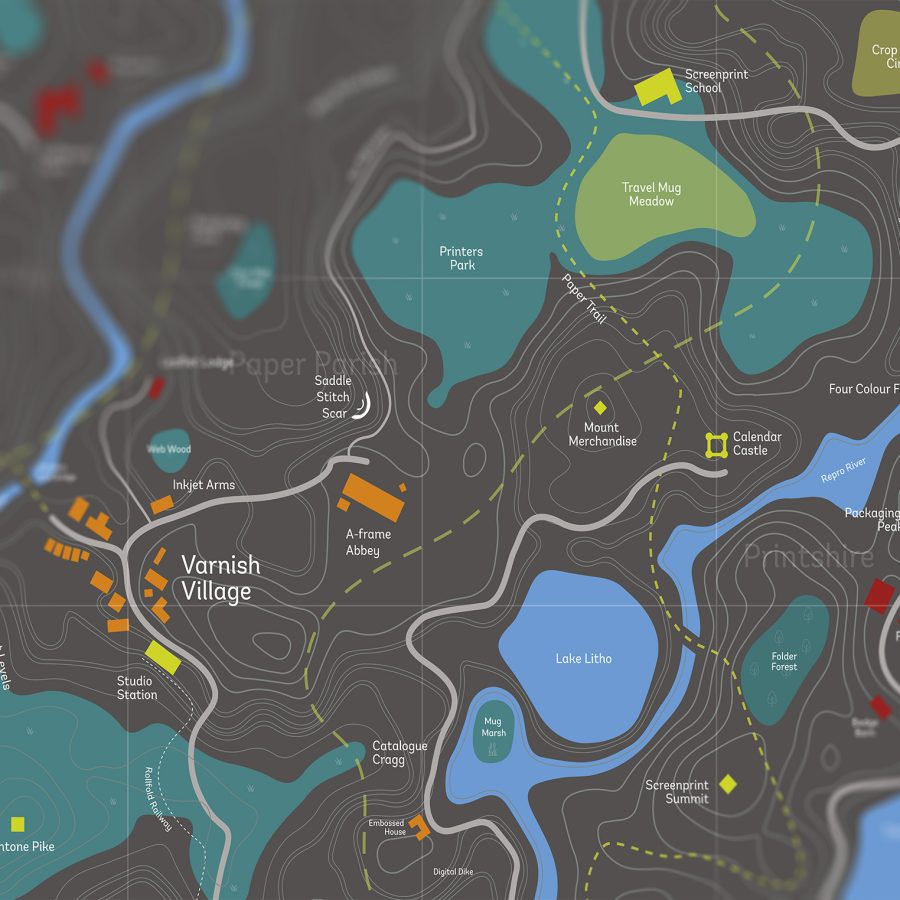
Print design is a very different art form to digital design. While many of the same rules apply, there are some practices digital designers swear by that simply will not translate to the world of print. Image selection is just one of these – images that might look brilliant on your laptop, desktop or mobile device can look terrible when used in print. In this short guide we’re going to give you a brief overview of selecting images to print. Avoid print design disappointment with these golden rules…
Resolution
Image resolution is THE key consideration when selecting images for print. Most of the images you’ll find online will be far too poor quality to ever consider using in print – this includes images taken from websites, social networks such as Facebook and search engines. You shouldn’t use such images anyway (for licensing reasons – more on which later), but if you were to do so on any print product larger than a postage stamp the resolution will be extremely poor. As a general rule of thumb, use only images greater than 300dpi. That means using a decent quality camera – while the pics on your iPhone might look great on Instagram, they’re actually no more than 72dpi so nowhere near the required quality for print.
Image licensing
Only ever use fully licensed images in your print marketing efforts. Failing to do so could result in legal action. Either use your own images, hire a professional photographer or purchase stock images from an image bank – just remember to double-check the resolution before you buy!
Image quality
Image quality isn’t just about resolution and pixel density. There are other considerations that can only be judged by a human eye. These include:
Focus
Make sure that your images are sharp. While you might get away with a soft focus image online, print is far less forgiving as a medium.
Composition
Image composition is highly subjective, and one viewer’s opinion might not tally with another’s. However, there are a few rules that can help you to decide whether an image is strong or not – take a look at the rule of thirds for starters.
Design considerations
Even if an image is technically good, well composed and attractive, it still might not work from a print design perspective. Here are some other considerations you need to bear in mind:
Copy space
Most images used for design and marketing purposes – whether print or digital – require ‘copy space’ to ensure that any text doesn’t clash or compete with the image. You may need to compose your images in a slightly counterintuitive way, ignoring the traditional rule of thirds approach to ensure that there’s enough empty space to allow your for copy.
Is it compelling?
Finally, is the image you’ve selected sufficiently compelling to attract your audience’s attention? The entire goal of print marketing is to draw the eye and promote your products, services or brand. A dull or uninspiring image won’t help to that end, so make sure that there’s enough going on in your selected photo or photos to compel the viewer.
Selecting the right image is just one process of many that contributes to strong print design. Here at PMG, we’re dedicated to improving our clients’ relationships with print. Our dedicated design studio can help you to create winning print designs – from leaflets to billboards, catalogues to PoS materials. Contact us today to find out more.
















































